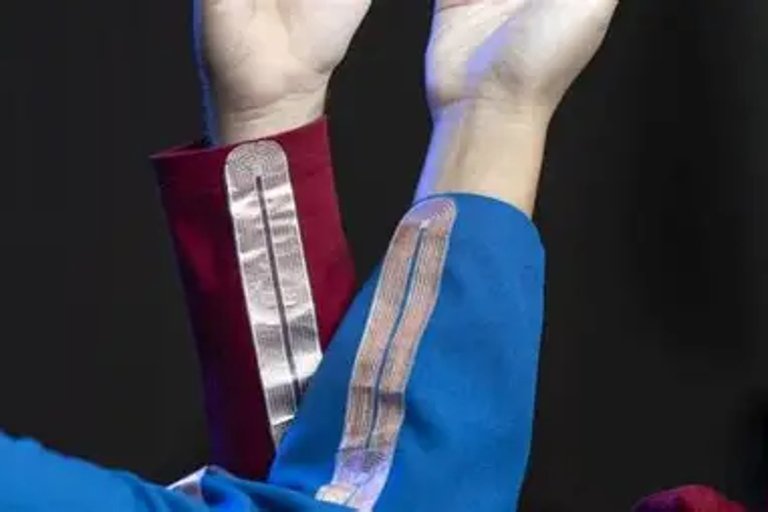University of Toronto Researchers Develop Smart Fabric for Health Monitoring
A breakthrough in wearable tech may soon allow continuous monitoring of vital signs through clothing, opening doors for remote health care.

Researchers at the University of Toronto have unveiled a new 'smart fabric' that could revolutionize the way patients monitor their health. The textile, which incorporates conductive threads and micro-sensors, is capable of measuring vital signs in real-time, transmitting data wirelessly to mobile devices and medical platforms.
The project, developed by a multidisciplinary team from the Faculty of Applied Science & Engineering and the Temerty Faculty of Medicine, has been in the works for over two years. Early prototypes have successfully measured heart rate, respiratory rate, and temperature with accuracy comparable to traditional medical devices.
Lead researcher Dr. Linh Tran described the fabric as a major step forward in wearable healthcare. 'We wanted to create something that felt natural, washable, and could be integrated seamlessly into everyday clothing. The result is a fabric that behaves like any shirt or sleeve, but with embedded intelligence,' she said.
Unlike rigid wearables such as smartwatches or fitness bands, the smart fabric offers greater surface area for sensing and can conform to various body shapes. This makes it particularly useful for pediatric, geriatric, and mobility-impaired patients who may struggle with conventional monitoring equipment.
The fabric is woven using silver-coated threads and flexible polymers that conduct electricity without compromising comfort. Embedded sensors are less than a millimeter thick and are powered by a small rechargeable module located in an interior pocket of the garment.
During clinical trials at Toronto General Hospital, patients wore shirts made with the smart textile while undergoing daily routines. The garments continuously relayed data to physicians, who monitored vitals remotely. In some cases, early alerts enabled interventions before symptoms worsened.
The team has also developed an app that syncs with the garments, allowing users to view summaries, trends, and receive notifications. For privacy, all data is encrypted and stored in compliance with Canadian health information standards.
Funding for the project came from both government grants and industry partnerships. The National Research Council of Canada contributed $2.5 million, while a private medical device firm based in Mississauga provided development resources and a path to commercialization.
There are already discussions underway with long-term care facilities and home healthcare agencies about incorporating the garments into their services. 'This could be a game-changer for chronic illness management and elder care,' said Dr. Rachel Kwan, a gerontologist consulted during trials.
In addition to medical applications, the fabric could find uses in sports, military, and occupational safety sectors. The research team is now exploring how to expand sensor functions to include hydration levels, posture correction, and even stress detection via skin conductivity.
One of the challenges ahead is reducing manufacturing costs to make the garments affordable for mass use. Currently, each unit costs around $150 to produce, though researchers are confident prices will drop with scaled production and partnerships with textile manufacturers.
Dr. Tran emphasized that the project is part of a larger movement toward ambient health technologies. 'The future of medicine is proactive and integrated into daily life. We envision a world where your clothing quietly looks after you while you go about your day.'
The university has filed patents for the key technologies and expects the first commercial products to reach the market by mid-2026, pending Health Canada certification and additional regulatory approvals.